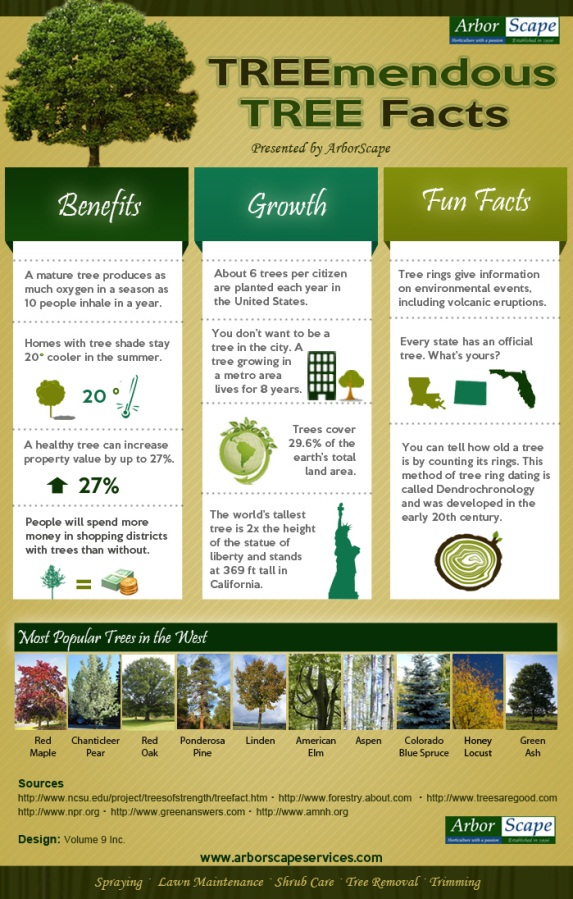Safeguarding Your Landscape: Replanting After Tree Elimination
Safeguarding Your Landscape: Replanting After Tree Elimination
Blog Article
Post Writer-Poulsen Thomassen
Tree removal can leave a gap in your landscape that needs dental filling. You can grow something new in that area, however it takes extra treatment and attention at the beginning to help it grow.
money landscape because location will maintain changing over time as microorganisms break down the old roots. That can impact the vitamins and mineral equilibrium and physical area for new growth.
Soil
The soil in a plot where a tree has actually been gotten rid of is likely to be really various from the remainder of your garden or backyard. The roots of the old tree and the stump will certainly have altered the soil, getting rid of some nutrients and perhaps crowding out other plants. Additionally, if the previous tree was infected, the transmittable representative might still remain in the ground.
The visibility of roots cultivates an abundant and varied area of dirt microorganisms that enhances necessary processes like nutrient biking and organic matter disintegration. Without these microbes, the displaced dirt can become much less fertile and nutrient-depleted, with an unfavorable influence on plant development.
Prior to replanting, the soil needs to be removed of particles and natural material (such as timber chips from stump grinding). You might wish to mix in potting soil or indigenous dirt with this garden compost to provide your brand-new growing with an environment that is well balanced and loaded with nutrients.
Water
Tree roots soak up huge amounts of water from the soil. This process also adds nutrients back to the dirt, specifically nitrogen, which is important for new trees and plants. Unfortunately, old soil can be diminished of these essential minerals due to the decaying roots and stump from an eliminated tree.
This is why it's important to have a prepare for the future of your landscape. Preferably, the very best time to plant is when you have a clean slate.
Whether you're growing lawn or flowers, make sure to utilize a soaker hose to stay clear of overwatering your new landscape design. If look at here now was a garden, make sure to cover the soil with organic mulch to aid maintain moisture in the soil, control dirt temperature levels and subdue weeds. Recommended Resource site gives a layer of protection for young plants and promotes worm task. Then, regularly renew the mulch to proceed improving the soil nutrient density and microbial life. This is referred to as soil remediation.
Light
Trees are a terrific addition to any landscape, offering shade, aesthetic pulchritude, and numerous other advantages. However, often trees end up being undesirable as a result of a selection of reasons, consisting of disease, pest problems and natural aging.
In such cases, it may be necessary to get rid of a tree. It is very important to consider the worth of a particular tree in your landscaping and take the proper actions to ensure that the removal is done safely and efficiently.
Throughout the late summer, it's an optimal time to execute upkeep and evaluations on existing trees. Seek indications of illness, insect infestations, or architectural damages, in addition to any potential risks such as damaged or leaning trees.
Prior to starting any type of construction tasks, be sure to shield the origin areas of existing trees by avoiding dirt compaction and rating around them. Organic matter, as it breaks down, can generate noxious gases that are damaging to the roots of a tree. It's also an excellent idea to mulch the area around a tree after construction has actually completed to save dampness and reduce weed development.
Temperature level
Trees are very important to a landscape for their aesthetic appeal, yet they also play a vital duty in the neighborhood ecological community by offering color and windbreaks. They support wild animals habitats and reduce the amount of carbon dioxide in the air, which can add to worldwide warming. This is why it is recommended to replant trees after getting rid of one from the residential property.
When replanting a new tree in the place of a previous stump, the soil may not have sufficient nutrients to support it. It is best to wait on a year before growing to make certain that the dirt will be rich in nutrients.
To guarantee that replanted trees grow, it is essential to provide them with appropriate care. A layer of compost will keep soil dampness from vaporizing, control soil temperature level, and aid suppress weeds. Organic mulch is the favored choice since it enhances dirt fertility. Continuous fertilization and bug control are additionally vital for replanted trees.